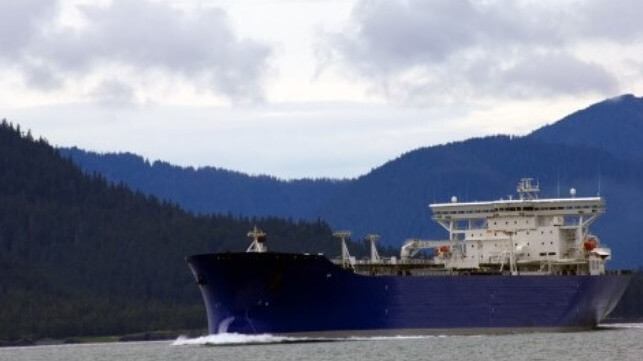EPA Renews VGP Enforcement Admonishment to Shipping Industry


that matters most
Get the latest maritime news delivered to your inbox daily.
In January 2023, the U.S. Environmental Protection Agency’s Office of Enforcement and Compliance Assurance (OECA) issued the following link to the enforcement alert entitled, "EPA Reminder About Clean Water Act Vessel General Permit (VGP) Requirements". Commercial vessel owners and operators that enter ports and waterways of the United States must comply with the 2013 VGP, including filing a notice of intent for discharges that are incidental to the normal operation of a vessel.
The EPA has repeatedly expressed an ambition to become more aggressive in its approach to VGP enforcement activity. The VGP rules and regulations are poorly drafted, and the technical community remains confused and disagrees about what is (and what is not) compliant. For example, the VGP is written to require sampling three (3) times within the first ten (10) discharge events (not to exceed 180 days). See VGP Section 2.2.3.5.1.1.5.2 at Table 4, page. 34. The VGP does not specify whether the sampling and discharge events are limited to VGP waters or are meant to cover the Vessel anywhere in the world. In the EPA's “Response to Comments” on this issue, the EPA recognized that vessels may not be able to comply with this monitoring due to various factors, including a vessel that discharges fewer than ten (10) times within 180 days. The “Response to Comment” further indicates that a vessel that discharges fewer than ten (10) times may comply with this requirement by completing the required number of tests in the first ten (10) samples in whatever timeframe it takes to get to the 10th discharge so as not to penalize those vessels that discharge less frequently. See EPA-HQ-OW-2011-0141-0480-A1, Excerpt 2.
Similarly, discharge limits in the VGP are expressed as CFU. See VGP Section 2.2.3.5 (pg. 29). However, the VGP allows testing results using methods expressed in MPN. See VGP Section 2.2.3.5.1.1.4 (pg. 31). The VGP fails to provide any guidance, calculations or regulatory interpretation which express acceptable limitations utilizing MPN. Given the systemic differences in these bacteria measurement protocols, there is no way to convert MPN to CFU, as one is a count and the other is a statistical estimation.
The VGP is also confused on when calibration should be performed. VGP section 2.2.3.5.1.1.3 (at pg. 31) states that applicable sensors and other equipment must be calibrated annually but clarifies in the next sentence that the equipment must be calibrated no less frequently than recommended by the manufacturer. Understandably, vessel owners, operators, and their QIs have interpreted this requirement to mean that conducting maintenance by the equipment manufacturer’s recommendation is sufficient. Additional annual testing would be unnecessary if the manufacturer did not call for it. The EPA appears to disagree and in recent enforcement actions, has sought to impose a more onerous obligation.
For more information on the EPA enforcement of suspected VGP violations and for more information on best practices to comply with the existing regulatory requirements, contact Chalos & Co, PC
www.chaloslaw.com
The products and services herein described in this press release are not endorsed by The Maritime Executive.
